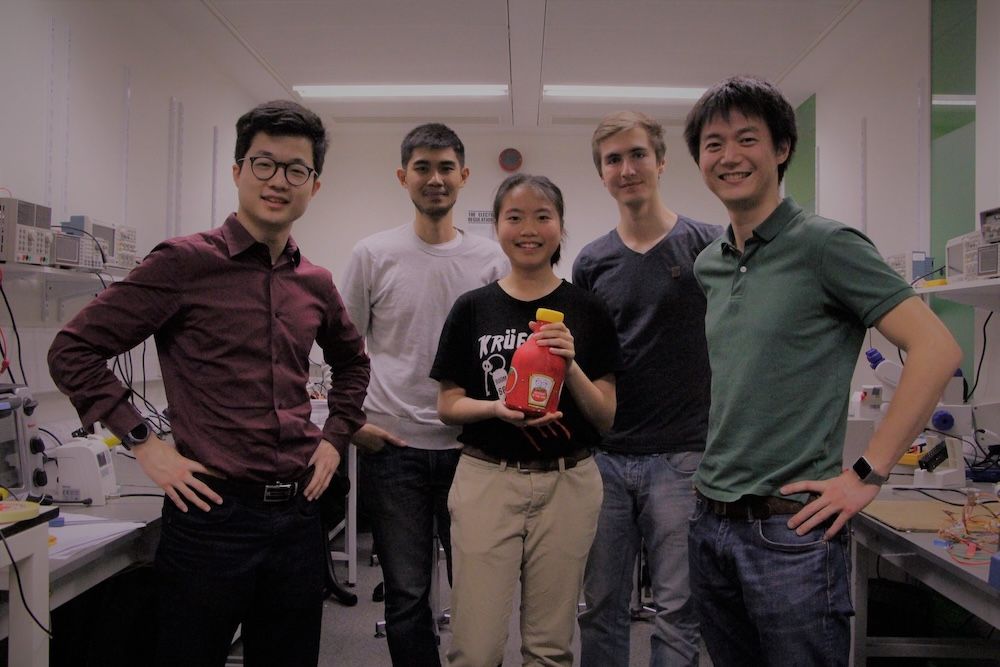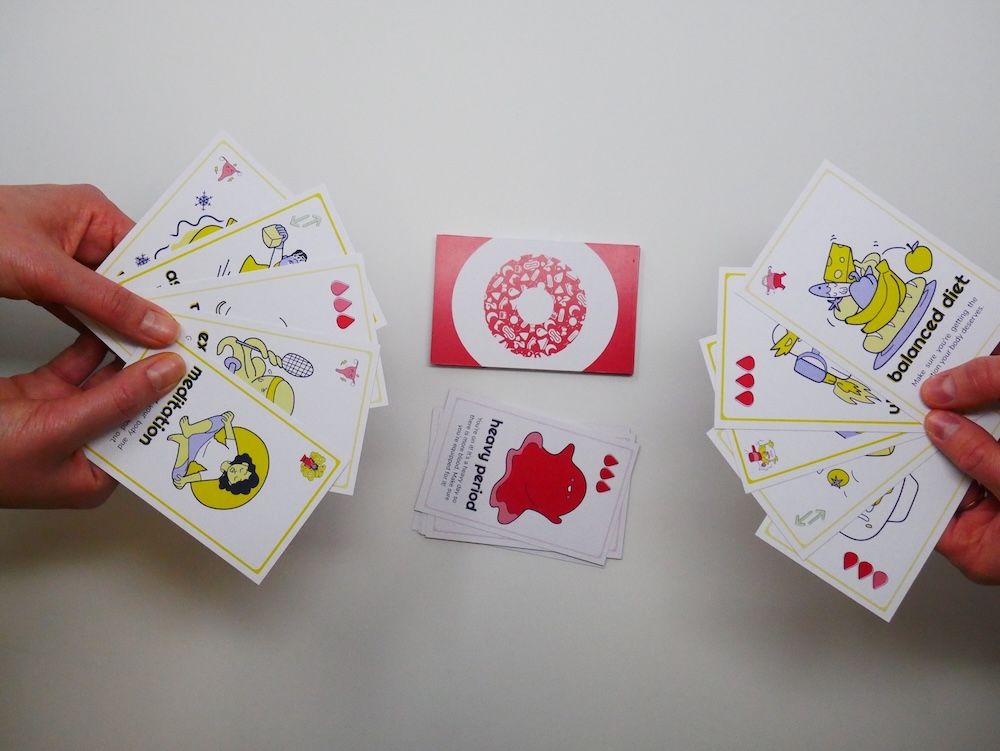Running and drawing for Mind
31 May 2019
Fundraising for a mental health charity, Mind
Thanks to the contributions of all the donors, we raised over 600 pounds for Mind (a mental health charity)!
To raise funds and awareness, in 2019, I documented my running training journey through a Facebook blog, where I shared self-illustrated short comics and photos with supporters. Here I've embedded all the posts which I drew a comic for:
Looking back, I am quite proud of what I did. I hope to do something similar later, but I think I am going to give running a pause for now. Maybe someday I will do a full marathon, but till then!


